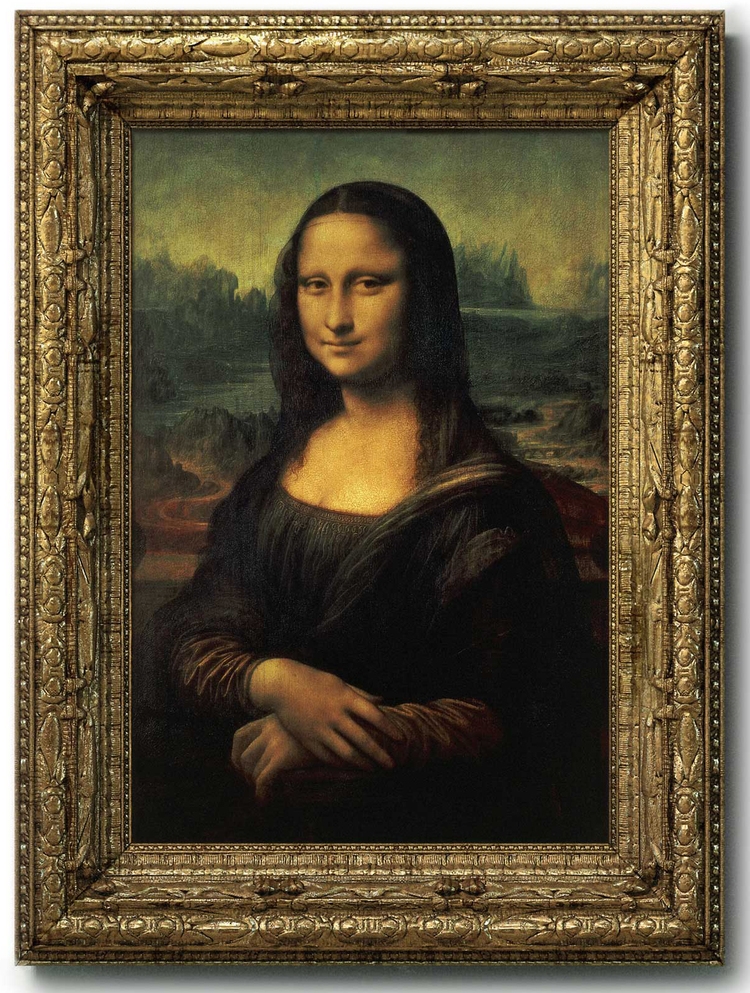ETHNO-ART AS AN ACTUAL DIRECTION IN THE MODERN HUMANITIES

According to the concept common in the postmodern theory of art, the future is not in national schools, but in the extremely creative individualism of the artist. In this context, the issues of the relationship between tradition and innovation, the general and the national-special in the art of ethnic groups, are actualized. Scientific approaches to the interpretation of these phenomena recognize the need for research in an interdisciplinary zone. One of the promising areas for studying such important aspects of contemporary art is ethno-art.
Definitions of ethno-art as a scientific direction in the art history literature are rare, and they are formulated in the most general form. Let us cite one of such definitions given by S.I. Weinstein: "In a broad sense, ethno-art studies the ethnic specificity of the artistic culture of individual peoples, the folk (traditional-everyday) art of various ethnic groups, its genesis, patterns of development, origin, primitive art, the relationship of folk art with the professional, as well as individual types of art, its fate in modern industrial society, ways of storing and exhibiting works folk art in ethnographic museums, the use of folk art as a source for the study of ethnogenesis". In a narrow sense, the scientist characterizes ethno-art as a field of science that studies fine folk art. Based on this definition, ethno-art is an interdisciplinary scientific direction formed at the junction of ethnography and art history.
When studying the ethnic specifics of the artistic culture of individual peoples, ethnographers and art historians combine historical, genetic and stadial approaches, the use of historical, sociological, comparative, anthropological and cultural methods in their research. The method of field research, which involves a long stay of the researcher in the place of residence of the studied ethnic group, is also unifying. At the same time, in the works of art historians and ethnographers of this direction, different accents are placed. Thus, art historians pay great attention to a detailed and comprehensive study of the art of each nation individually; they are interested in the process and mechanisms of interaction of types of artistic cultures, and as a result - the role of certain ethno-cultural traditions in the formation of the national specifics of the art of ethnic groups. The attention of ethnographers is focused on the problems of genesis and dynamics of ethnic formations, on the course of the ethnic processes themselves that occur as a result of development, interethnic contacts and synthesis of these two sides . It is possible to note differences in the source study base of ethno-art criticism studies of art historians and ethnographers, but in general, there is a coincidence of goals, methods and content of research.
The origins of ethno-art knowledge can be found in the works of Aristotle and Plato. Of the thinkers of the Renaissance, the Florentine painter and architect, the author of the "Lives of the Most Famous Painters, Sculptors and Architects" by J. S. Miller. Vasari (1511-1574) was one of the first to raise the question of the originality of the work of Italian artists. In modern times, I.I. Winkelman (1717-1768) approached what is now included in the problems of ethno-art criticism, first of all, to the question of "the reasons for the difference in art between peoples." He was one of the first to analyze the style of the entire era, nation, generation and, finally, individuality and various stages of its development. The development of ethnography and art history led at the turn of the XIX-XX centuries to the allocation of ethno-art in an independent scientific direction. The founders of the new discipline are considered to be F. Boas (1858-1942) and A. Kroeber (1876-1960). A significant influence on the subsequent development of ethnoarts was exerted by the works of C. Levi-Strauss on culture and art as a set of sign systems, as well as G. Silver, the initiator of one of the new directions in modern Western ethno-art science - "ethnoart".
Modern ethno-art as an interdisciplinary scientific direction considers the artistic picture of the world in the relationship of the general, special and partial. The general is the interethnic (it consists of the unity of ethnic, interethnic and non-ethnic), the national itself is special (it can be both mono- and multi-ethnic), partial - ethno-regional. Based on such an understanding of the object and subject of this scientific direction, it can be concluded that the problems of ethno-art criticism are extensive and relevant. In the era of globalization, this direction continues to expand and has significant prospects.
- Arts
- Business
- Computers
- الألعاب
- Health
- الرئيسية
- Kids and Teens
- مال
- News
- Recreation
- Reference
- Regional
- Science
- Shopping
- Society
- Sports
- Бизнес
- Деньги
- Дом
- Досуг
- Здоровье
- Игры
- Искусство
- Источники информации
- Компьютеры
- Наука
- Новости и СМИ
- Общество
- Покупки
- Спорт
- Страны и регионы
- World


